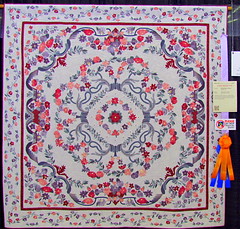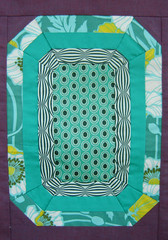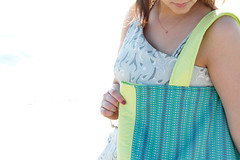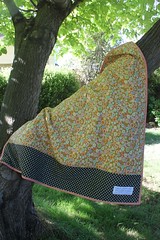When the Morning Comes: Book 2 in the Sisters of the Quilt Amish Series Review.
When the Morning Comes: Book 2 in the Sisters of the Quilt Amish Series Sale
Her relationship with fiancé Paul Waddell in tatters, Hannah Lapp has fled her secluded Old Order Amish community in hopes of finding a new home in Ohio with her shunned aunt. Hampered by limited education and hiding her true identity, Hannah struggles to navigate the confusing world of the Englischers.
Back in Owl’s Perch, Pennsylvania, Paul is wracked with regret over his treatment of Hannah. Fearing for her safety, he tries to convince Hannah’s remaining allies–brother Luke, best friend Mary, and loyal Matthew Esh–to help search for his love. Hannah’s father, however, remains steadfastly convinced of her sinful behavior. His blindness to his family’s pain extends to her sister, Sarah, who shows signs of increasing instability.
Convinced her former life is irreparably destroyed, Hannah finds purpose and solace in life with her aunt and in a growing friendship with Englischer Martin Palmer. Will the countless opportunities in her new life persuade Hannah that her place is amongst the Englischers— or will she give in to her heart’s call to return home and face her past?
When the Morning Comes is book two in the Sisters of the Quilt series.
From the Trade Paperback edition.
When the Morning Comes: Book 2 in the Sisters of the Quilt Amish Series Cheapest Price
|
|
|
| List Price: |
$13.99 |
| Our Price: |
When the Morning Comes: Book 2 in the Sisters of the Quilt Amish Series Customer Rating
:Buy Other Cheap When the Morning Comes: Book 2 in the Sisters of the Quilt Amish Series Price Sale
My friend deal When the Morning Comes: Book 2 in the Sisters of the Quilt Amish Series Sale. I think When the Morning Comes: Book 2 in the Sisters of the Quilt Amish Series is very good as My friend ever buy. I would highly recommend this product My friend think purchased it again.
I would definitely recommend. When the Morning Comes: Book 2 in the Sisters of the Quilt Amish Series is on sale. purchased When the Morning Comes: Book 2 in the Sisters of the Quilt Amish Series from Amazon.com You will save more with one day shipping.
If you looking for cheap "When the Morning Comes: Book 2 in the Sisters of the Quilt Amish Series" best prices. You can Buy When the Morning Comes: Book 2 in the Sisters of the Quilt Amish Series Now. Cheap When the Morning Comes: Book 2 in the Sisters of the Quilt Amish Series In Stock. :




